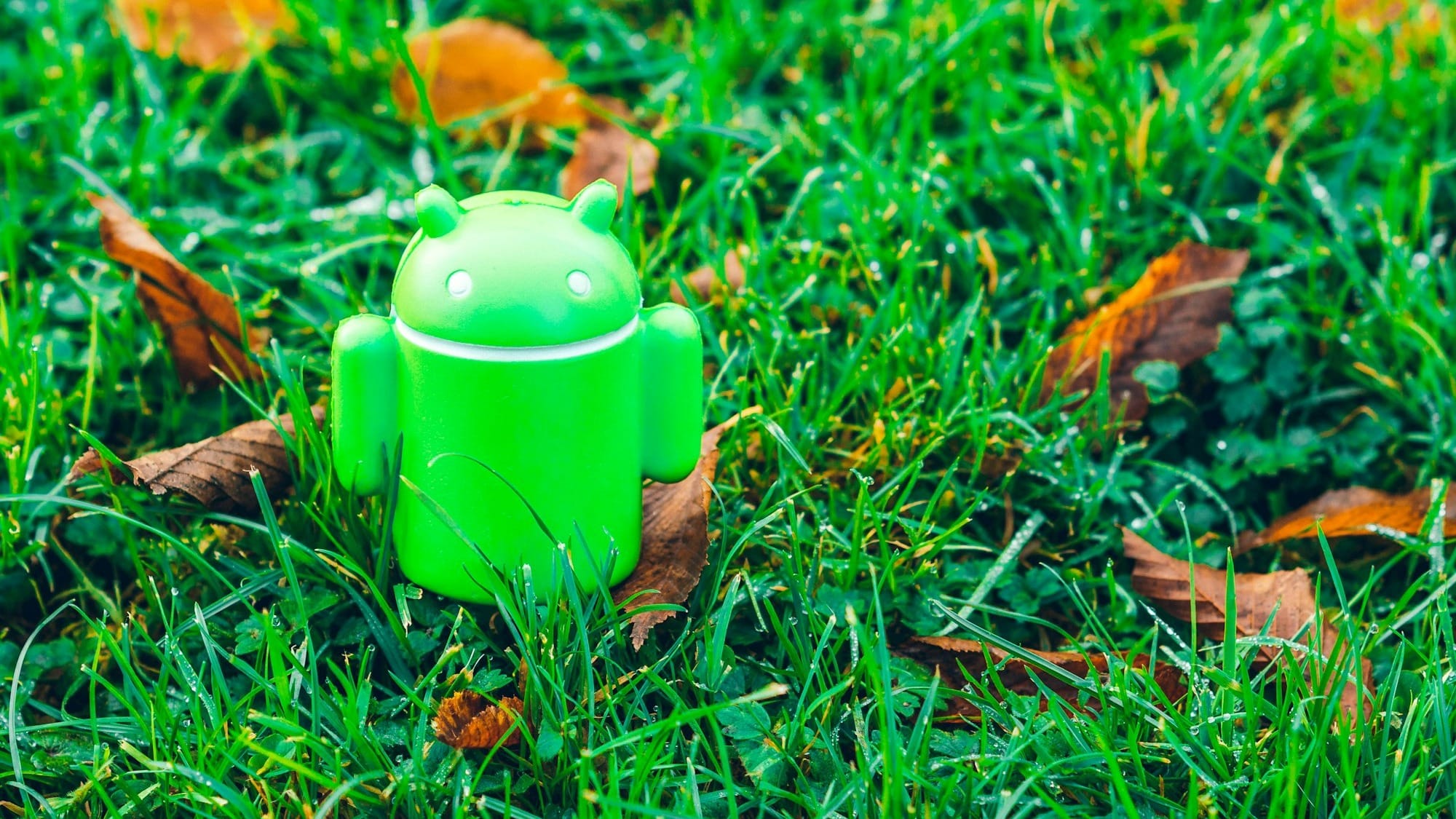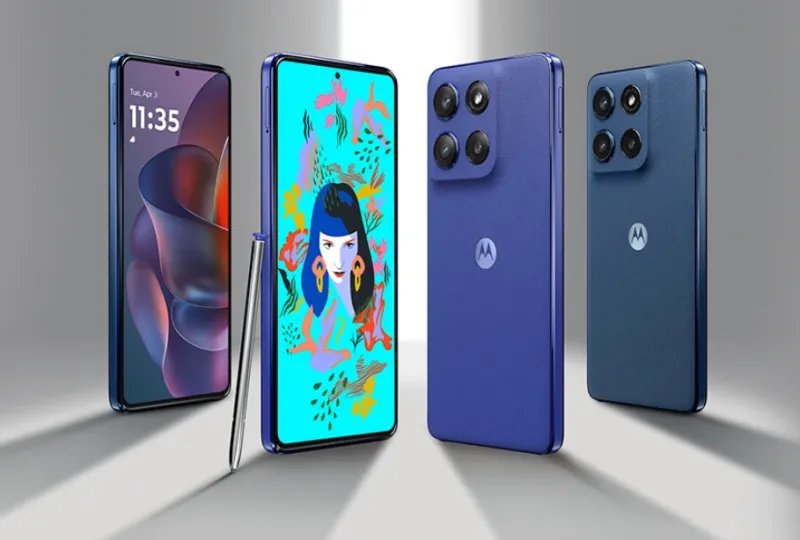Techloy Recap: Our favorite software feature updates of 2024
Which of these software recap stand out the most for you?
While 2024 has seen its share of ups and downs, it has been nothing short of transformative when it comes to tech innovations.
In particular, software updates and releases this year have streamlined and revolutionized how we live, work, and connect. As the saying goes, "What doesn’t kill you makes you stronger," and this year’s advancements show how technology adapts to meet life’s constant challenges.
Here in this Techloy feature article, we bring you our favorite software updates and releases for 2024.
Android 15 Beta and Official Release

Kicking off in February, Google unveiled Android 15 during its highly anticipated annual Google I/O event. The release, which became official in October for Pixel devices, focused on enhancing usability for a wide range of users. Among its standout features were adaptive battery optimization, and an evolved Material You design, both of which aimed to refine the user experience and improve accessibility across devices. While these updates didn’t necessarily redefine the mobile OS landscape, they demonstrated Google's continued commitment to meaningful and user-centric innovation. Early adopters praised Android 15 for its smoother performance and thoughtful customizable options.
Samsung upped the ante on Galaxy AI

Meanwhile, Samsung took centre stage releasing its Galaxy AI features in March, as part of the One UI 6.1 update. Among the standout features were Live Translation, Chat Assist, and AI-powered photo editing tools. At first glance, these updates felt like yet another step in the company’s ongoing embrace of AI. But on closer inspection after the Galaxy Unpacked event in July, they stood out for their practicality. For example, Live Translation seemed like a lifesaver for frequent travellers or those in multicultural workplaces.
What struck me most, though, was the AI-powered photo editing. It’s a feature I’ve seen in many apps, yet Samsung managed to make it feel integrated and user-friendly. That said, these updates weren’t without their sceptics. Some users voiced concerns about the potential over-reliance on AI, which, let’s face it, doesn’t always get it right. Even so, these tools resonated with content creators and professionals looking to streamline their workflows.
Apple iOS 18 and Ecosystem Updates

Not to be outdone, Apple joined the fray with the release of iOS 18 in September. Known for its emphasis on privacy and polish, Apple released iOS 18.1 with Apple Intelligence in a mix of incremental improvements and subtle shifts leaving out some features on the waiting list. Fast forward to December, the introduction of Image Playground, Genmoji and ChatGPT integration features on iOS 18.2. felt like a nudge toward making iPhones more proactive. Yet, I couldn’t shake the feeling that these features, while useful, weren’t as groundbreaking as some had hoped.
Other notable releases included visionOS 2, watchOS 11, and tvOS 18, each bringing targeted improvements to their respective platforms. While these updates maintained Apple’s reputation for delivering polished experiences, it lacked the disruptive innovation that turns heads.
What did catch my eye, though, were the broader ecosystem updates on iPadOS 18 and macOS Sequoia. However, it’s fair to say that Apple’s releases this year felt more like a continuation of its steady path than a bold leap forward.
A new OS to rival them all

Who would have thought that Huawei could make a resurgence ever since the US sanctions in 2019? However, the company turned it around with the launch of its Unicorn 9000S chip and the successful launch of the HarmonyOS operating system.
With the stakes pretty high with the ongoing US trade restrictions, Huawei has continued to expand its software ecosystem. On October 22, 2024, it officially launched the next iteration of HarmonyOS, HarmonyOS NEXT, which is now fully independent of the Android operating system.
Microsoft Ignite and VR Integration

As the year wound down, Microsoft made waves at its Ignite event in November. Updates like resilience improvements for Windows and a speech-to-speech translation feature for Teams signaled a focus on productivity and accessibility. However, the most intriguing announcement was the integration between Windows 11 and Meta Quest, allowing users to work with up to three virtual monitors.
I’ll admit, the idea of using VR for work piqued my curiosity. But let’s be honest—adoption will depend heavily on whether VR can become practical for the average user. For now, it feels more like a promise of what could be than a tool ready to transform our daily routines. Still, it’s exciting to see companies pushing the boundaries of what’s possible.
Samsung One UI 7 Beta

Finally, December brought Samsung’s One UI 7 beta, featuring deeper customization options and a refreshed design. If there’s one thing I’ve learned about Samsung, it’s that they listen to their users, and this update was no exception. The beta showcased a smoother, more intuitive interface that left me optimistic about the final release.
That said, these refinements underscore a broader trend in 2024: the focus on personalization and usability over flashy new features. It’s a shift I’ve come to appreciate, even if it means fewer jaw-dropping moments.
Conclusion
Looking back, 2024 has been a year of steady progress rather than seismic shifts. From Google’s iterative improvements with Android 15 to Apple’s polished ecosystem updates, the industry seems to be prioritizing refinement and integration. And while innovations like Microsoft’s VR integration and Huawei’s HarmonyOS NEXT hint at bold new directions, they’re still in their infancy.
As we look ahead to 2025, I can’t help but wonder how emerging technologies like AI Agents and quantum computing will shape the next chapter of this story. For now, though, 2024 has reminded us that even small steps can pave the way for big transformations. And that’s a story worth paying attention to.







